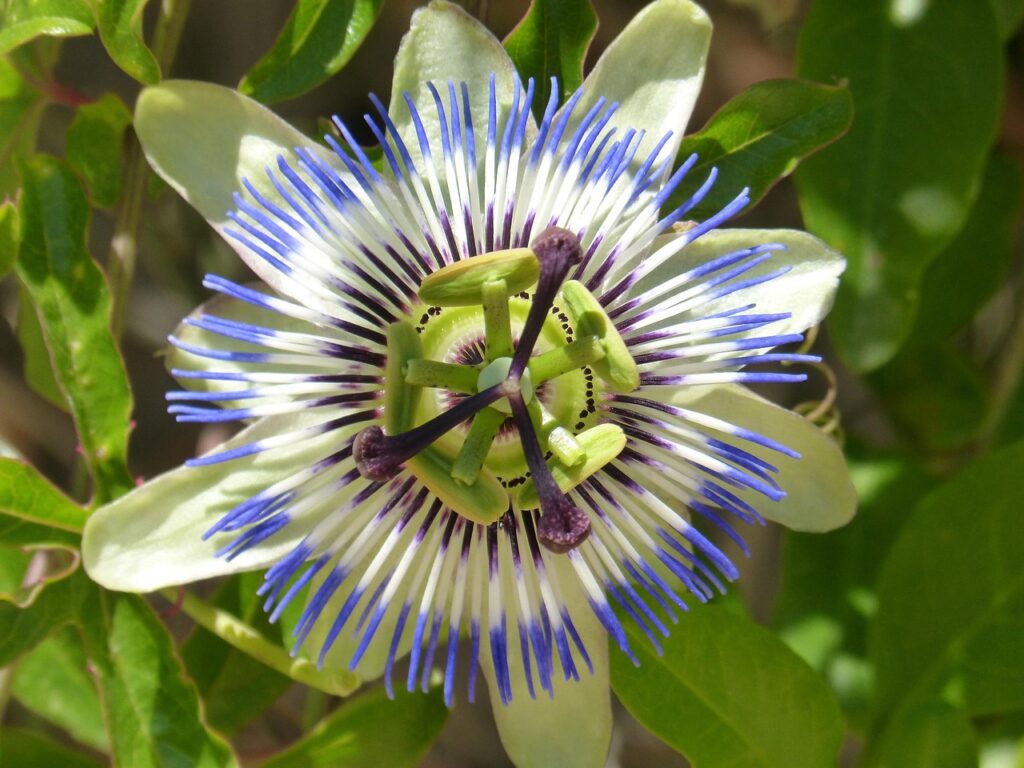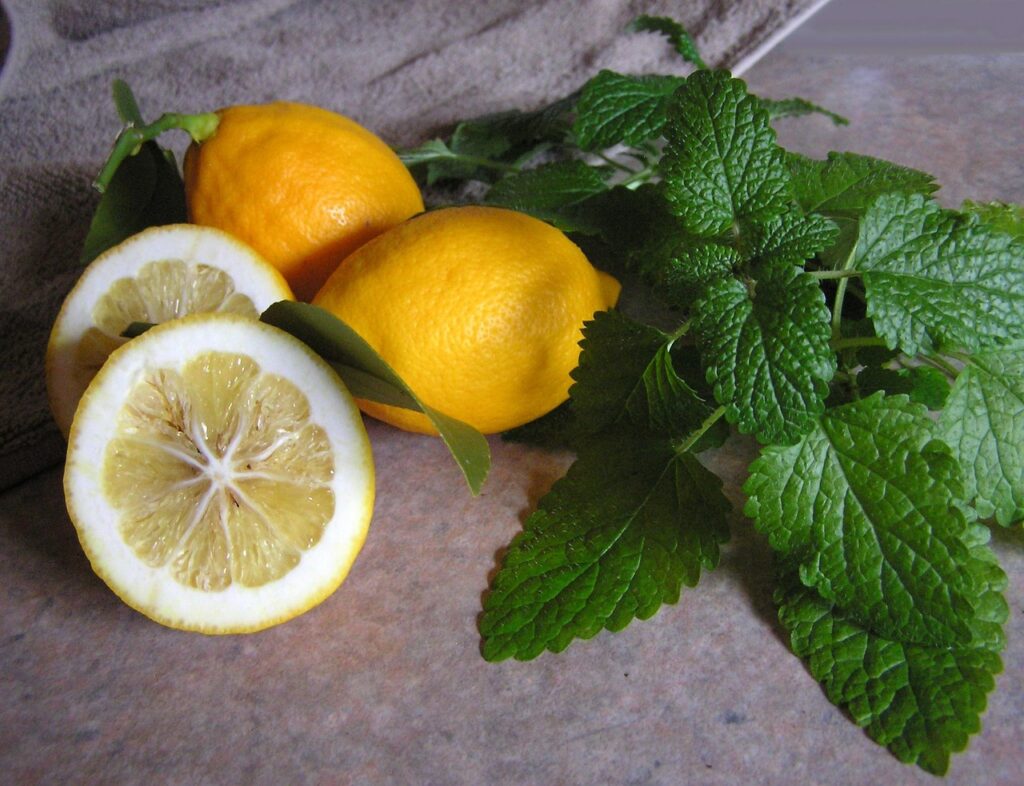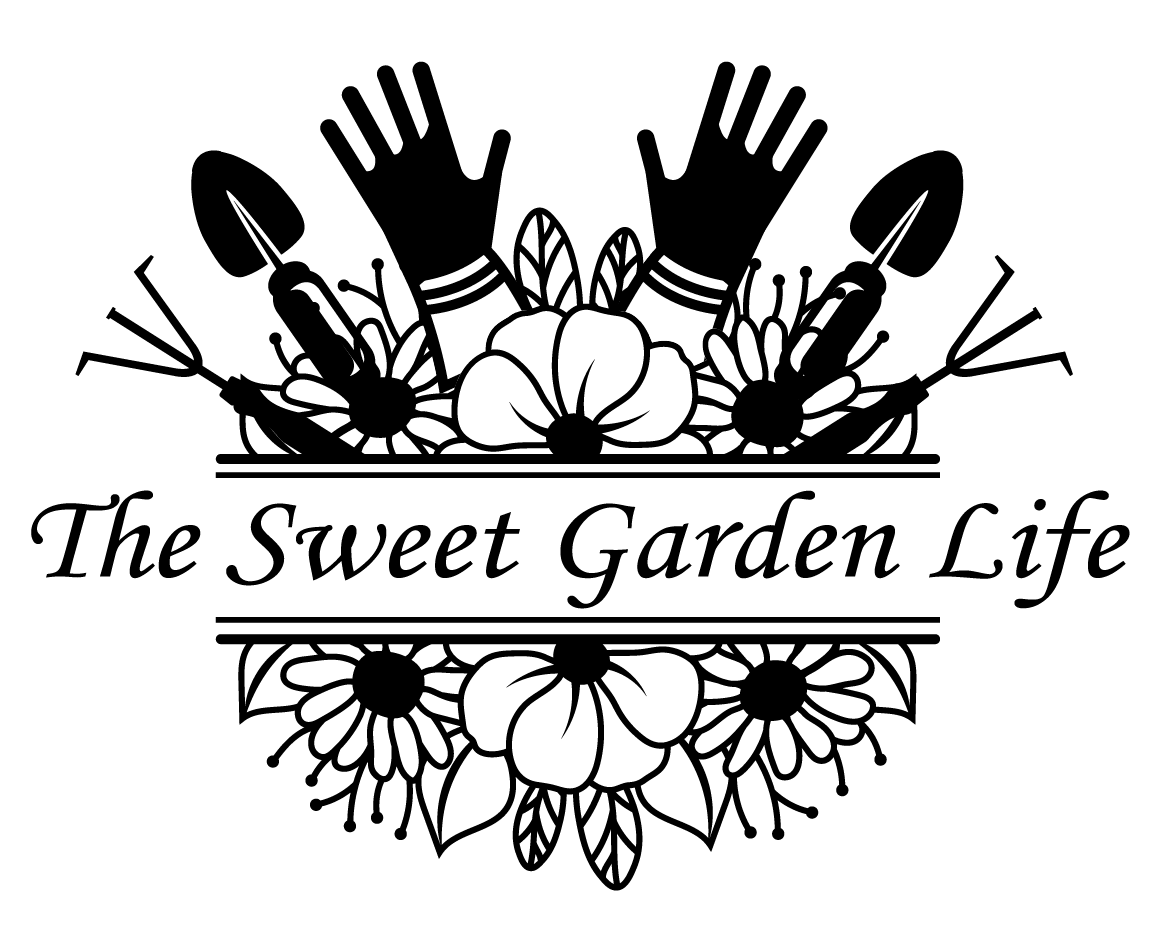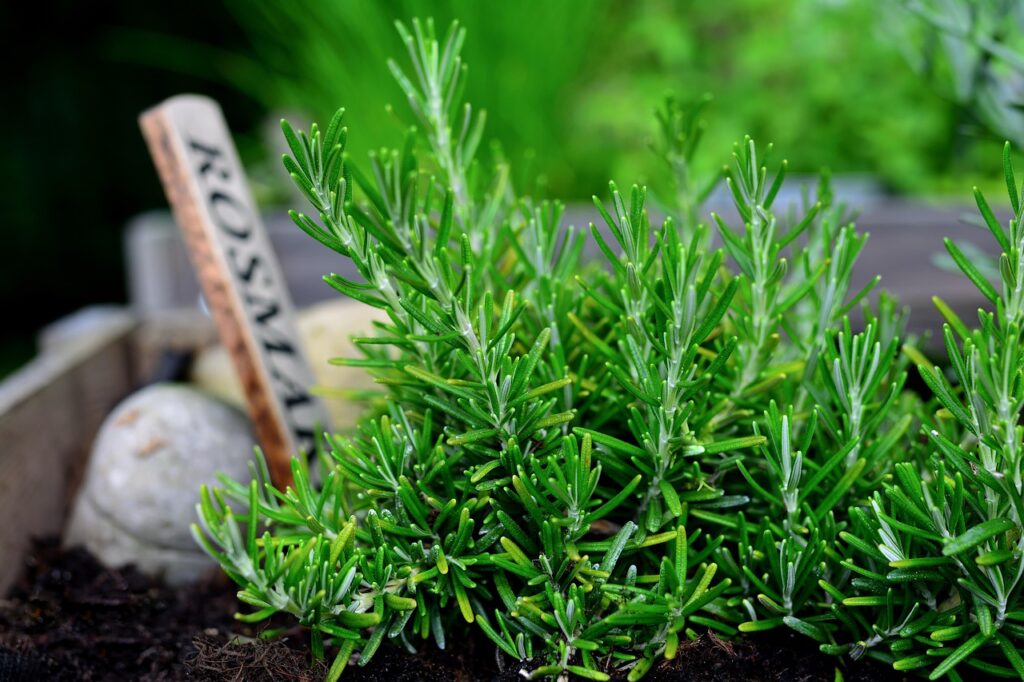
Herbal tinctures have been part of the human wellness toolkit for centuries, yet interest in
them has surged as people look for targeted, portable, and fast-acting plant remedies. But
what exactly makes a tincture effective? Why do some herbs seem to “work” better in
alcohol than in water or capsules? How does dose, solvent, and extraction method shape
the final product? And, crucially, what does modern science say about benefits and safety?
This guide walks you through how tinctures are made, the chemistry behind extraction, how
they act in the body, where the research stands, and how to use them intelligently. Along
the way, we’ll translate jargon—like “1:3 ratio,” “menstruum,” and “bioavailability”—into
plain English so you can make informed decisions for yourself or your clients.
Disclaimer:
This article is educational and not a substitute for medical care. If you’re pregnant, nursing,
managing a medical condition, or taking medications, speak with a qualified clinician before
using herbal products.
What is an Herbal Tincture, Really?
At its simplest, a tincture is a concentrated liquid extract of plant material made with a
solvent—usually ethanol (alcohol), glycerin, vinegar, or a mixture of alcohol and water. The
plant’s active and supportive constituents dissolve into the solvent over time; the liquid is
then strained and bottled with a dropper for easy dosing.
● Menstruum: The solvent used for extraction (e.g., 40–95% ethanol, glycerin, or
vinegar).
● Marc: The plant material that’s being extracted.
● Ratio: The proportion of herb to solvent, such as 1:3 (one part herb to three parts
menstruum by weight/volume). Lower ratios (1:1, 1:2) tend to be more
concentrated.
Why this format? Herbal tinctures are shelf-stable, portable, and rapidly absorbed—especially
when held under the tongue (sublingually) before swallowing.
Extraction Chemistry: Matching Solvent to Molecule
Herbs contain many classes of compounds—alkaloids, glycosides, flavonoids, saponins,
lignans, terpenes, phenolic acids, tannins, and more. These compounds vary in polarity (how
they interact with water) and solubility (what they dissolve into). The solvent choice
determines which compounds end up in your bottle.
● Water extracts polar compounds like many polysaccharides (e.g., beta-glucans from
mushrooms), some glycosides, tannins, and minerals.
● Ethanol extracts a wide range: semi-polar to nonpolar constituents (alkaloids, many
flavonoids, essential oil components, some resins).
● Ethanol–water mixes (e.g., 45–70% alcohol) are versatile, capturing both water-
soluble and alcohol-soluble fractions—ideal for roots and barks where multiple
classes coexist.
● Glycerin (glycerites) is sweet, alcohol-free, and extracts many water-soluble
compounds; it’s gentler for children or those avoiding alcohol but may be less
effective for resinous or oily constituents.
● Acetic acid (vinegar) excels at extracting minerals and some alkaloids; it’s common
for “oxymels” (herb + vinegar + honey).
Takeaway: A well-designed herbal tincture pairs the right solvent with the plant’s chemistry so the
bottle reflects the herb’s full potential, not just a fraction of it.
Whole-Plant Synergy vs. Single Compounds
In pharmaceuticals, single-molecule purity is the norm. In herbalism, synergy matters:
multiple constituents interact to modulate absorption, metabolism, and effects—sometimes
enhancing efficacy and buffering side effects. For example:
● Peppermint contains menthol (cooling), menthone, and various terpenes that
collectively influence smooth-muscle tone.

● Ashwagandha features withanolides and sitoindosides; both contribute to
adaptogenic effects.
● Milk thistle is standardized to silymarin, but the whole seed offers additional
flavonolignans that may shape real-world outcomes.
Tinctures often preserve a broader spectrum of constituents than isolated extracts, which
may be one reason many people experience them as balanced and potent.
Pharmacokinetics 101: How Herbal
Tinctures Act in Your Body
Understanding a few basics helps explain why tinctures are popular:
1. Absorption
When taken sublingually (held under the tongue 30–60 seconds), small, alcohol-
soluble molecules can begin to enter circulation via oral mucosa. Once swallowed,
the rest is absorbed in the GI tract. Tinctures generally have faster onset than
capsules because the plant compounds are already solubilized.
2. First-pass metabolism
Swallowed tinctures go to the liver first (via the portal vein), where enzymes
transform compounds. This can activate some constituents (prodrugs) or deactivate
others. Sublingual absorption partially bypasses this first pass.
3. Distribution
After absorption, constituents distribute through tissues depending on size, polarity,
and protein binding. Lipophilic (fat-loving) compounds may cross cell membranes
easily; hydrophilic compounds often rely on transporters.
4. Elimination
The liver conjugates many compounds for excretion; the kidneys filter water-soluble
metabolites. This is why liver and kidney health are central to tolerance and dosing.
Practical implication: Holding a tincture under the tongue may give quicker, subtler effects
(e.g., for calming nervines), while repeated daily dosing builds the “tonic” effects many
people want with adaptogens and liver support herbs.
Do Tinctures “Work”? A Look at Evidence
The quality of evidence varies by herb, preparation, and outcome. While not every popular
herb has large randomized trials in tincture form, multiple lines of evidence inform practice:
1. Pharmacognosy data show that key constituents are extracted efficiently with
appropriate ethanol–water concentrations (e.g., alkaloids from Passiflora,
withanolides from Withania, silymarin from Silybum seeds when prepared as
extracts; tincturing can capture related fractions).
2. Clinical and observational studies on specific herbs—often in extract or standardized
formats—demonstrate benefits aligned with traditional uses:
○ Ashwagandha (Withania somnifera): Adaptogenic effects related to stress
perception, sleep quality, and occasional anxiety in several trials; tinctures
offer a comparable phytochemical spectrum when appropriately made.
○ Passionflower (Passiflora incarnata): Historically used for restlessness and
nervous tension; extracts have shown calming effects in limited trials and
adjunctive settings.

○ Valerian (Valeriana officinalis): Mixed but suggestive evidence for sleep
latency and quality; tincture forms can deliver valerenic acids and volatile
compounds when properly prepared.
○ Milk thistle (Silybum marianum): Silymarin complex has hepatoprotective
properties in research; tinctures of whole seed can provide supportive
flavonolignans.

○ Schisandra (Schisandra chinensis): Lignans (schisandrin A/B/C) relate to stress
resilience and liver support in preclinical and emerging human data.
○ Tulsi/Holy basil (Ocimum sanctum): Early clinical work suggests benefits for
mood, stress, and glycemic control; tinctures preserve key phenolics and
volatile oils.
3. Mechanistic studies (cell and animal) suggest anti-inflammatory, antioxidant,
GABAergic, serotonergic, cholinergic, and adaptogenic pathways for various herbs.
While these models don’t prove clinical efficacy on their own, they help explain user-
reported effects.
Why Alcohol Content Matters
Ethanol is not just a preservative—it’s a powerful solvent and a delivery enhancer:
● Extraction power: Many alkaloids, resins, and essential oil constituents need higher
alcohol (60–90%) to dissolve well.
● Stability: Adequate alcohol (usually ≥20–25% in the final bottle) inhibits microbial
growth, extending shelf life for years.
● Palatability and safety: A standard 1 mL dose of a 40% tincture contains ~0.4 mL of
ethanol—roughly the alcohol in a sip of wine. For those avoiding alcohol, glycerites
or teas are alternatives.
A common approach is to match alcohol percentage to the plant’s chemistry—for example,
45–55% for many roots and barks, 30–45% for leaves and flowers, and up to 80–95% for
resinous material like propolis or myrrh.
Potency: Understanding Ratios, Standardization, and Dose
● Herb-to-solvent ratios (e.g., 1:3, 1:5) give a rough sense of concentration but don’t
guarantee identical constituent levels across batches.
● Standardization targets specific markers (e.g., “3% withanolides”), increasing
consistency but sometimes narrowing the spectrum.
● Dose ranges vary widely by herb. As a general, non-medical rule of thumb, many
tinctures are used at 1–2 mL, 1–3 times daily, adjusted for body size, sensitivity, and
intended effect. For calming nervines, smaller, more frequent doses may be
effective; for tonic adaptogens, consistent daily use over weeks often matters more
than a single large dose.
Keeping a simple log—energy, mood, sleep, digestion, and (if relevant) cycle notes—helps
identify your personal effective dose.
Benefits People Commonly Seek from Herbal Tinctures—and Plausible Mechanisms
1) Stress resilience and mood steadiness
Adaptogens like ashwagandha, rhodiola, eleuthero, and schisandra modulate the
hypothalamic–pituitary–adrenal (HPA) axis and stress neurotransmitters. Many users report
smoother energy and calmer reactions to daily hassles. Tinctures allow flexible, time-of-day
dosing (e.g., rhodiola AM, ashwagandha PM).
2) Sleep quality and restlessness
Nervines such as passionflower, skullcap, lemon balm, valerian, and hops are traditionally
used before bed. Proposed mechanisms include GABAergic modulation and reduced
sympathetic arousal. Sublingual dosing can give a quick “edge off,” followed by slower GI
absorption.

3) Digestion, bloating, and appetite signaling
Bitter tinctures (gentian, dandelion root, artichoke leaf, orange peel) taken 10–15 minutes
before meals stimulate gastric secretions and bile flow, priming digestion and sometimes
easing “heavy” post-meal feelings. The taste itself triggers vagal and hormonal responses.
4) Liver and metabolic support
Milk thistle, schisandra, dandelion root, and turmeric are used to support phase I/II
conjugation and hepatocellular resilience. While “detox” is an overused term, liver-
supportive herbs may help with normal hormone metabolism and everyday metabolic
demands.
5) Hormonal rhythm and cycle comfort
Vitex (chaste tree) is used to support luteal phase adequacy and cycle regularity in select
cases; ginger, cramp bark, and motherwort are common for comfort during menses.
Consistent daily dosing over months typically matters more than acute use.
6) Cognitive clarity and steady energy
Rhodiola, rosemary, and gotu kola have histories of use for focus and mental stamina. Lion’s
mane (often used as a dual extract, water + alcohol) is explored for neurotrophic support;
tincture formats can capture alcohol-soluble aromatics but may miss some polysaccharides
unless a water fraction is included.
Placebo, Expectation, and “Felt Sense”
Mind-body factors play real roles in symptom perception. Ritual, taste, and timing can shape
outcomes—even when the chemistry is active. That isn’t a flaw; it’s part of how humans
work. The most responsible approach is to embrace ritual while demanding quality—clear
labeling, appropriate extraction, and honesty about limits.
Safety, Interactions, and Quality Control of Herbal Tinctures
Tinctures are potent. Treat them with the same respect you would any concentrated
product.
● Medication interactions
○ Sedatives and nervines (valerian, kava): additive drowsiness.
○ Anticoagulants/antiplatelets: caution with dong quai, ginkgo, and others.
○ Thyroid meds: with ashwagandha or lemon balm, monitor and work with
your prescriber.
○ SSRIs/MAOIs: avoid St. John’s wort without professional guidance.
● Conditions
○ Pregnancy/lactation: Many herbs lack robust safety data; get individualized
guidance.
○ Liver/kidney disease: Choose herbs and doses with clinical oversight.
● Quality
Look for Latin binomials, plant parts, extraction ratios, alcohol percentage, batch
numbers, and third-party testing for identity, potency, and contaminants (heavy
metals, pesticides, microbes).
● Allergies & sensitivities
Start low (even 5–10 drops) and increase slowly. If something feels off—racing
heart, nausea, itchy skin—stop and reassess.
Alcohol-Free Options: When Glycerites or Teas Make Sense
If you avoid alcohol:
● Glycerites are sweet, gentle, and kid-friendly. They excel for many leaves/flowers
(e.g., lemon balm, chamomile). For resinous herbs, glycerin often under-extracts key
constituents.
● Teas and decoctions shine for polysaccharide-rich roots and mushrooms (e.g.,
astragalus, reishi). Dual-extracted tinctures (water and alcohol) seek to capture both
fractions.
Many people mix and match: a calming glycerite at bedtime; a daytime alcohol tincture of
an adaptogen; a morning decoction of mushrooms.
Dosing Strategy: Timing and Synergy
Morning (alertness & focus): rhodiola, eleuthero, schisandra, rosemary
Midday (steady energy): tulsi, gentle bitters before meals
Evening (wind-down): passionflower, skullcap, lemon balm, ashwagandha
Pair herbs with complementary actions. For example:
● Calm + clarity: ashwagandha (tonic) + tulsi (uplifting) + lemon balm (soothing)
● Digestive tune-up: gentian (bitter) + artichoke leaf (bile flow) + orange peel
(aromatic)
● Cycle comfort: ginger (warming) + cramp bark (muscle ease) + motherwort (tension +
mood)
Keep blends simple (2–4 herbs) at first so you can observe what’s helping.
Myths, Clarified
● “Tinctures are just placebo.”
Extraction chemistry and pharmacology say otherwise. That said, user expectations
do influence perceived benefits—like with any therapy.
● “More alcohol = stronger tincture.”
Not always. Optimal alcohol % depends on the plant’s chemistry. Too high, and you
may under-extract water-soluble components.
● “If I don’t feel it immediately, it doesn’t work.”
Some nervines calm quickly. But adaptogens, liver support, and hormone-
modulating herbs often need consistent use over weeks.
● “Natural means safe.”
Dose and context matter. Herbs can interact with meds and medical conditions.
Respect contraindications. Consult your physician before trying any herbal tinctures.
What About Anxiety and Stress?
Many people seek herbal tinctures for SUPPORT FOR ANXIETY, occasional nervousness, and stress-
related sleep disruption. Calming herbs (passionflower, lemon balm, skullcap) may ease
somatic tension; adaptogens (ashwagandha, tulsi, rhodiola—in appropriate individuals) may
improve stress handling and perceived well-being. Evidence ranges from traditional use and
preclinical work to small, controlled human trials. If anxiety is intense, persistent, or
impairing, involve a mental health professional. Herbal support can complement—not
replace—therapy, lifestyle changes, and medical care.
How to Evaluate a Tincture on the Shelf
1. Label clarity: Latin name, part used, fresh or dried, extraction ratio, solvent strength.
2. Source transparency: Organic or ethically wildcrafted; batch/lot number; testing.
3. Taste and aroma: Should reflect the herb’s character (bitter, aromatic, earthy).
Extreme harshness or off-notes can indicate issues.
4. Company practices: Do they publish their methods and testing standards?
5. Fit for purpose: Is the solvent right for the herb’s chemistry? (e.g., high-alcohol for
resinous material; mixed solvent for complex roots.)
DIY Overview: The Maceration Method (For the Motivated)
● Prepare: Chop fresh herb (2/3 jar) or use dried (1/2 jar).
● Menstruum: Cover completely with the correct ethanol–water mix (commonly
40–70% for many herbs).
● Label: Herb, part, fresh/dried, ratio estimate, alcohol %, date.
● Steep: 2–4 weeks in a dark place; shake daily.
● Strain & bottle: Press through cloth, bottle in amber glass, note final alcohol%.
● Start low: Try 0.5–1 mL to assess response.
Safety first: correct plant identification, clean equipment, and an understanding of the
herb’s contraindications are non-negotiable.
Integrating Tinctures into a Broader Plan
Tinctures work best when the foundations are solid:
● Sleep: A consistent schedule and a dark, cool room align circadian rhythm with
melatonin release.
● Nutrition: Protein at breakfast, fiber-rich plants, and omega-3s help mood,
hormones, and microbiome health.
● Movement: Even a brisk 20-minute walk shifts stress chemistry.
● Light: Morning daylight anchors cortisol rhythm.
● Stress skills: Breath work, therapy, social connection, and nature time complement
any bottle on your shelf.
Herbs amplify what you’re already doing right; they struggle to fix what lifestyle is
constantly undoing.
When to Seek Professional Guidance: Seek Guidance BEFORE Taking Tinctures
● You take prescription meds with narrow therapeutic windows.
● You have liver, kidney, cardiovascular, endocrine, or psychiatric conditions.
● You’re pregnant, trying to conceive, or breastfeeding.
● Symptoms are severe, progressive, or unexplained.
A trained clinician can tailor herb selection, dosing, and monitoring to your context.
Conclusion
Herbal tinctures aren’t magic, but they are a smart delivery system rooted in sound chemistry.
When well made matching solvent to plant chemistry, using appropriate ratios, and
respecting quality control they deliver a broad spectrum of constituents quickly and
predictably. Taken with intention and consistency, herbal tinctures can support stress resilience,
sleep quality, digestive ease, metabolic balance, and cycle comfort. They’re most effective
as part of a thoughtful routine that addresses sleep, nutrition, movement, and stress.
If you’re new, first and foremost consult a physician before starting a tincture.
Then, start with one or two herbs, keep doses modest, and track how you feel. Over
time you’ll learn which plants suit your constitution and goals and you’ll be equipped to
separate marketing hype from evidence-informed practice.


